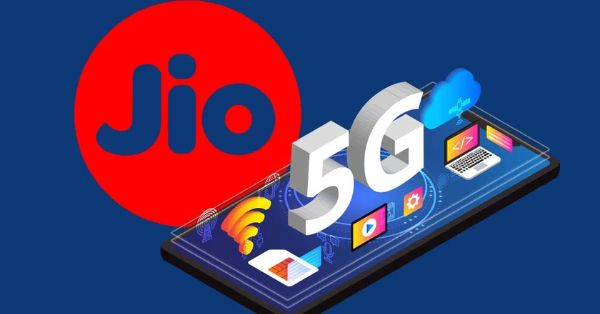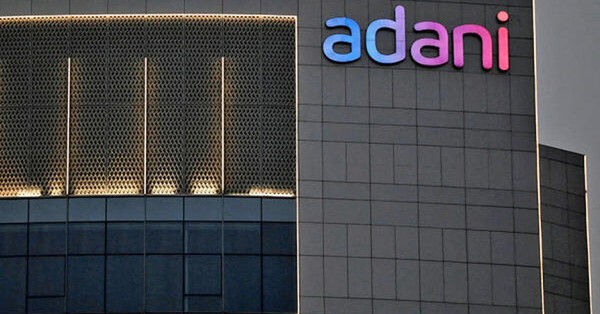Jio 5G hits mass scale in India
Reliance Jio’s latest quarter shows 5G scaling from early adoption to mainstream, with financials and usage metrics moving in the right direction.
5G scale, usage, and revenue metrics
Jio closed the quarter ended 30 September with 234 million 5G users, up 86 million year-on-year and now approaching half of its 506.4 million total mobile base. That penetration puts Jio among the world’s top three 5G operators by subscribers and underscores the pace at which India’s 4G users are migrating without an explicit 5G premium.
Financial momentum tracked the subscriber and traffic surge. Jio Platforms posted quarterly revenue of INR 426.5 billion, up 14.9% year-on-year, and net profit of INR 73.8 billion, up 12.8%. Average revenue per user rose 8.4% to INR 211.40, while average monthly mobile data consumption climbed 24.8% to 37.8 GB, signaling healthy elasticity as richer 5G experiences and bundles kick in.
FWA (Jio AirFiber) as a growth flywheel
Jio’s fixed wireless access service, Jio AirFiber, more than tripled year-on-year to 9.5 million subscribers. In markets with fiber gaps, FWA is proving a fast, capital-light way to extend high-speed broadband and upsell content and home services. The strong FWA take-up also diversifies revenue beyond mobile and lifts overall household ARPU when paired with OTT, gaming, and smart home packages.
Global 5G scale benchmark
On sheer 5G volumes, Jio is now likely ahead of China Unicom’s last-reported base and sits behind only the largest Chinese carriers. For vendors, device makers, and app ecosystems, India’s 5G installed base is becoming a global testbed at scale. For peers, Jio’s trajectory shows what rapid, nationwide 5G standalone (SA) rollout, aggressive device seeding, and inclusive pricing can achieve in under three years.
Why Jio 5G scale matters for operators and enterprises
The shift from coverage build to monetization is accelerating, with implications for pricing, capacity, and enterprise use cases.
Monetization without a 5G premium
Jio’s ARPU growth alongside mass 5G migration—largely absent explicit 5G surcharges—suggests revenue uplift is coming from increased usage, FWA, and cross-sell rather than plan premiums. This strengthens the case for near-term tariff rationalization across India, but also highlights the need for application-led value (cloud security, premium video, gaming, and enterprise SLAs) to sustain ARPU beyond one-off price moves.
5G capacity, spectrum, and cost efficiency
Average monthly usage nearing 40 GB drives a clear capacity agenda: maximize mid-band efficiency, expand carrier aggregation, deploy uplink enhancements, refarm 4G holdings, and selectively densify. Jio’s broad spectrum portfolio and SA core give it latitude to adopt 5G-Advanced features as they commercialize, but the traffic profile will test backhaul, core scalability, and energy efficiency. Expect a continued capex-to-opex shift focusing on automation and RAN energy savings.
FWA as a broadband alternative
With 9.5 million AirFiber users, FWA is more than a side bet. For underserved cities and tier-2/3 markets, it’s a credible alternative to fiber, especially where time-to-market matters. The challenge will be maintaining quality under neighborhood-level contention, aligning CPE economics with ARPU, and segmenting plans for home workers, gamers, and SMBs to protect margins.
Enterprise 5G and edge as next growth drivers
As consumer penetration normalizes, growth shifts to B2B: managed SD-WAN plus 5G, SLA-based FWA for branches, private 5G in manufacturing and logistics, and edge-hosted applications. India’s large installed base of 5G devices and nationwide SA coverage provides a platform for network slicing, RedCap for IoT, and deterministic latency services as 3GPP Release 17/18 features mature.
Strategic implications and 5G risks to manage
Jio’s scale brings competitive advantage but also exposes execution risks that will shape the next 12–24 months.
5G-scale operational efficiency
With traffic growth outpacing revenue, automation becomes central: self-optimizing RAN, AI-driven capacity planning, dynamic spectrum sharing where useful, and granular QoS control. Energy is a top-three operating line; features like advanced sleep modes, massive MIMO optimization, and smarter cooling yield material savings at scale.
5G device and application ecosystem readiness
Mass-market 5G phones and CPE are table stakes, but monetization depends on application partners. Expect bundling with cloud storage, security suites, and content to deepen. For industrials, device certification for private and public 5G, integrated MEC stacks, and API exposure (quality on demand, location, and slicing) will determine adoption speed.
India 5G competitive and pricing dynamics
India’s market remains price-sensitive and concentrated. As rivals advance 5G coverage and fiber buildouts, FWA and enterprise will become battlegrounds. A broad-based tariff reset could lift sector revenues, but value differentiation—coverage quality, consistent speeds, customer experience—will decide who keeps the uplift.
5G regulatory and spectrum roadmap
Policy decisions on mid-band expansion (including 6 GHz), right-of-way, and local manufacturing incentives will influence capacity and cost structures. Clarity on enterprise spectrum access models and streamlined approvals for private networks can unlock new revenue pools without undermining public network economics.
What to track and how to act
Stakeholders should track leading indicators of sustainable monetization and align investments with the next phase of 5G adoption.
5G KPIs to track
Monitor 5G share of base, ARPU mix (mobile vs. FWA vs. enterprise), traffic per user, latency and uplink performance, home install churn, and B2B order intake for managed wireless and private networks. Watch cash capex trends and energy cost per carried bit as proxies for network efficiency.
Actions for CSPs and 5G vendors
Prioritize 5G-Advanced features that improve spectral and energy efficiency; segment FWA with clear SLAs and traffic management; package SD-WAN, security, and 5G access for SMBs; and expose network capabilities via APIs for developers. Align device roadmaps with RedCap and affordable CPE to broaden addressable markets.
Actions for enterprises adopting 5G
Pilot SLA-backed FWA as a primary or resilient link for branches; evaluate private 5G for high-density or deterministic operations; and co-locate latency-sensitive workloads at the edge. Negotiate outcome-based contracts that tie connectivity to application performance, not just bandwidth.
Bottom line: Jio’s 5G is now at meaningful scale with rising ARPU, heavier usage, and fast-growing FWA—setting up a monetization phase led by targeted pricing actions, application partnerships, and enterprise services as 5G-Advanced capabilities arrive.








































